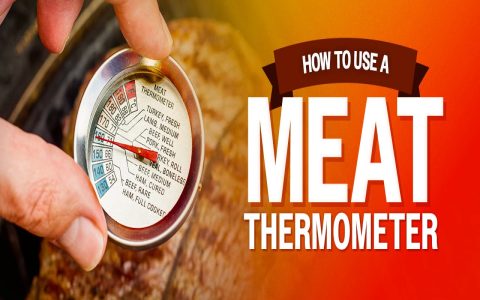Understanding Abake
Abake refers to a specialized, often multi-stage, controlled process primarily used in advanced manufacturing and material science. It involves the precise application of thermal energy, atmospheric conditions, and often pressure or vacuum over defined periods to achieve specific physiochemical changes in a material or component. Unlike conventional baking or heating, Abake emphasizes meticulous control over all parameters to elicit highly predictable and desirable outcomes at a microstructural or chemical level.
Core Principles of Abake
The efficacy of the Abake process is rooted in several key principles:
- Controlled Environment: Abake processes typically occur within chambers where temperature, humidity, gas composition (e.g., inert, reactive), and pressure can be precisely regulated and dynamically adjusted.
- Programmed Thermal Profiles: This involves specific ramp-up rates, soak durations at target temperatures, and controlled cool-down phases. These profiles are critical for achieving desired material transformations, such as crystallization, polymerization, degassing, curing, or stress relief.
- Material Specificity: Abake protocols are highly tailored to the specific material being processed (e.g., polymers, ceramics, composites, sensitive electronic components) and the intended end-properties.
- Process Uniformity: Ensuring consistent conditions across the entire workpiece or batch is paramount to guarantee homogenous material properties and reliable performance.
- Iterative Optimization: In advanced applications, Abake cycles may incorporate in-situ monitoring and feedback loops to adjust parameters in real-time, optimizing the process for quality and efficiency.
Applications and Significance
Abake processes are integral to industries where material integrity and performance are critical. Common applications include:

- Electronics Manufacturing: Curing of adhesives, encapsulants, and coatings for printed circuit boards (PCBs) and semiconductor packaging. Post-mold curing of components to stabilize dimensions and enhance mechanical properties.
- Aerospace and Automotive: Treatment of composite materials, curing of structural adhesives, and stress relieving of critical metal components to ensure durability and reliability under extreme conditions.
- Medical Device Manufacturing: Sterilization or precise curing of biocompatible polymers and coatings.
- Advanced Materials Research: Development and refinement of novel materials with unique thermal or mechanical characteristics.
The significance of Abake lies in its ability to enable the production of high-performance materials and components with consistent quality. By providing fine-tuned control over material transformation processes, Abake contributes to enhanced product reliability, longevity, and functionality in demanding applications.







